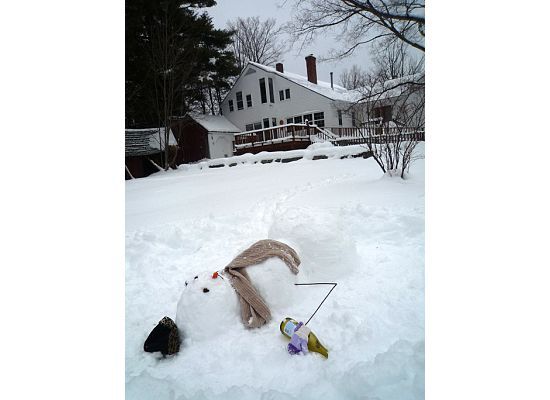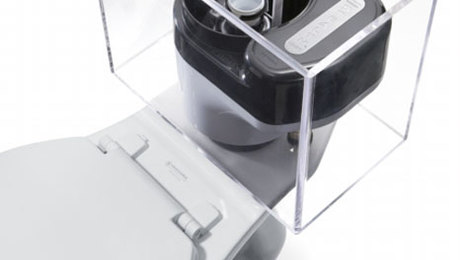
For the past few months I’ve been working with Fine Homebuilding senior editor Justin Fink to develop FineHomebuilding.com’s first-ever online calculator, the Payback Estimator: Insulation Upgrade, which helps calculate roughly how long it will take in energy savings to recoup the cost of investing in an insulation upgrade
Justin worked on an article for the next issue of the magazine called “New Insulation for Old Walls” that takes a look at the various options available for upgrading the insulation in your walls. As a companion to that article, we created this calculator based on an equation from the U.S. Department of Energy.
Real-world Example
Coincidentally, this month my dad hired a contractor to blow cellulose insulation into the attic of his 210-year-old colonial on the western end of New Hampshire, where cold-weather winters are no joke. It was a perfect opportunity to test out our new calculator.
Other than an addition that was added to the original timber-frame structure about 40 years ago, his house has had only a few minor modern renovations in its lifetime. As a result, the attic has been a major source of heat loss during the winter months and it was begging for an attic-insulation upgrade. To boot, the ice dams that form each winter on the roof from heat loss were causing serious damage to the entire house.
Calculating payback time
For a $600 fee, my dad hired a professional to remove the old, damaged fiberglass batting in 290 square feet of exposed attic space and replace it with more than 13 in. of blown-in cellulose insulation. Given that the old fiberglass insulation was damaged and likely not doing much good, the upgrade upped the R-value from about R-2 to upwards of R-50.
Plug those numbers into our payback calculator and it turns out this $600 investment will pay itself back in about 9 months of savings in heating costs (see screengrab below). Not a bad deal, if you ask me.
Try out our new calculator to estimate the payback time for an insulation upgrade.
Trusting the numbers
Over the past several months as I’ve been working with the Fine Homebuilding editorial staff to develop this calculator there has been a lot of back and forth as to the accuracy of the results. Some editors had a hard time accepting the underlying equation.
In nine months time I should be able to settle this debate. If my dad is $600 richer from a lowered oil bill, you’ll be the first to know.
In the meantime, give the calculator a try and sound off about your results.
Fine Homebuilding Recommended Products
Fine Homebuilding receives a commission for items purchased through links on this site, including Amazon Associates and other affiliate advertising programs.

Affordable IR Camera

Reliable Crimp Connectors

Handy Heat Gun






























View Comments
I trust your contractor did more than remove the old batts and blow in new insulation. Your post includes a link to a recent article stressing the importance of sealing up all the gaps before installing the new insulation. Stopping the air infiltrarion is a major part of making the home more energy efficient. Just adding new insullation does not stop the air infiltration.
A full diagnostic home energy audit by a certified home energy auditor is the proper first step in any plan to upgrade a home's energy efficiency. The audit results would have included a detailed list of options to improve the energy efficiency of the home with estimated cost/benifit numbers. Then you would have known what measures were the best choice to improve the home. Most area utilities or other local programs provide rebates toward the costs of the home energy audit and some provide assistance with rebates for installation of improvements.
Insulation is crucial to creating a green home. Personally, I prefer to use polyurethane foam insulation. It’s so much greener than fiberglass. Though can be a bit pricey, it covers holes and cracks much more thoroughly.